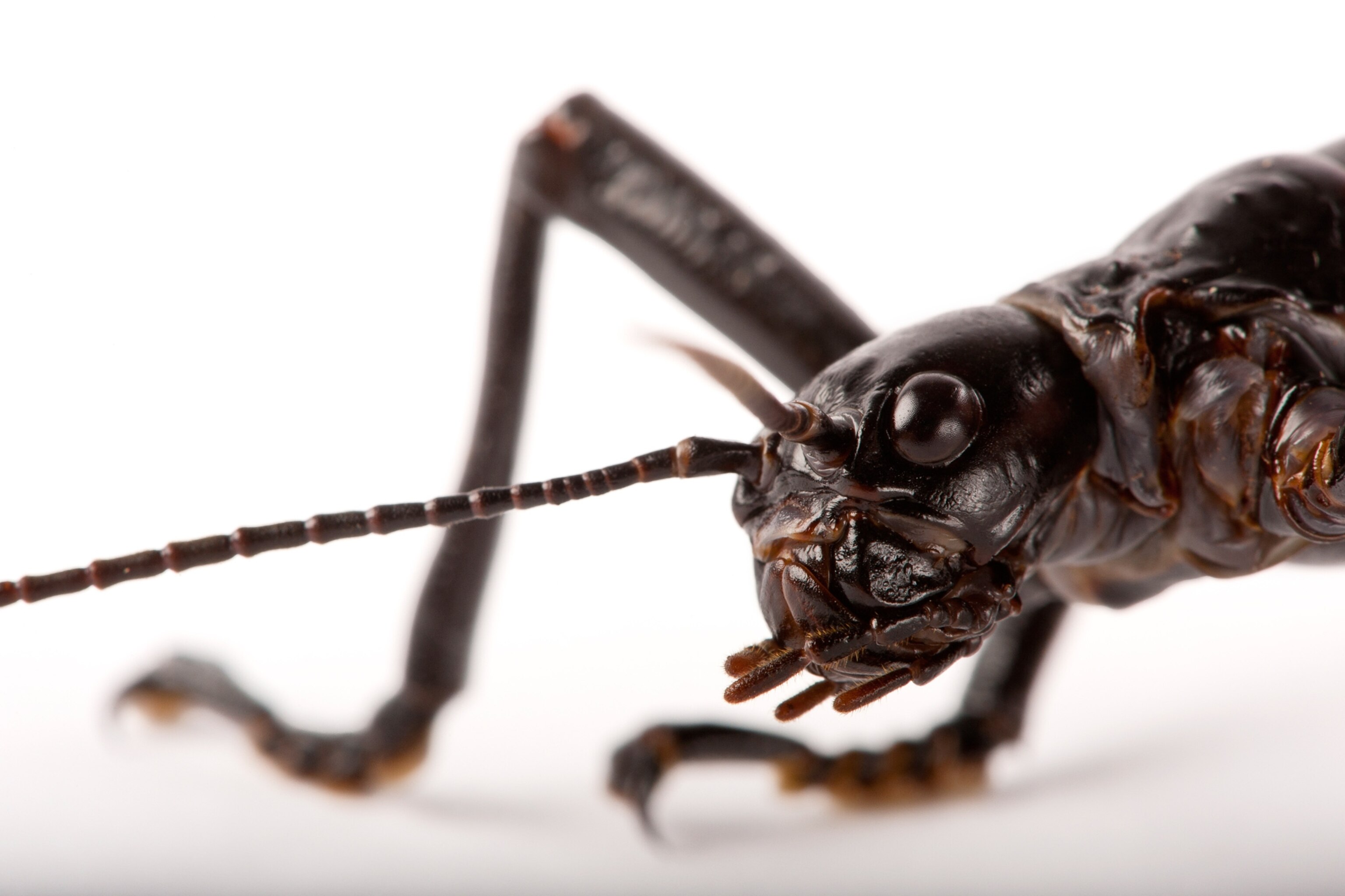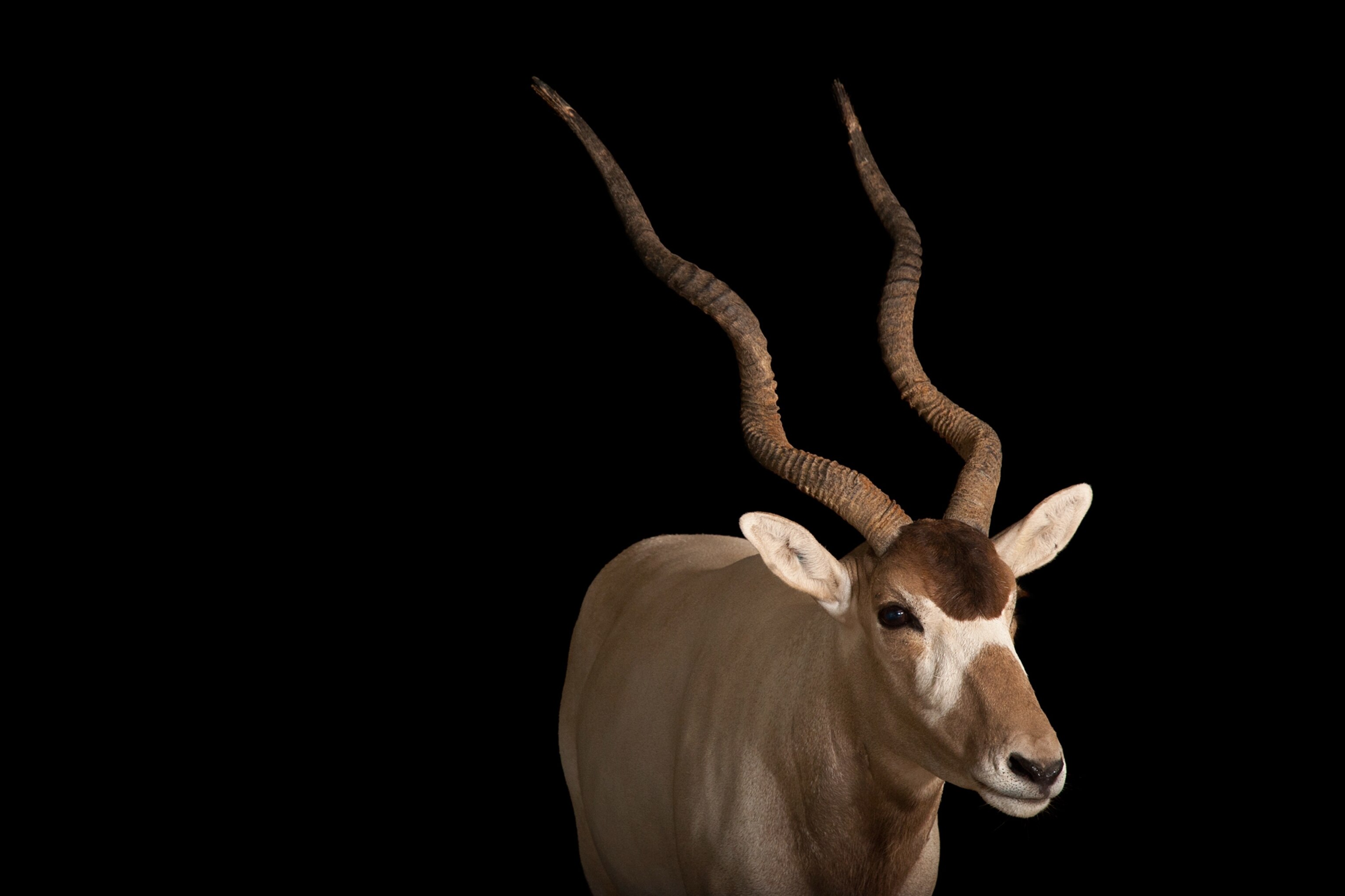Getting your paws on a Canadian lynx is no easy task. These rare cats inhabit remote forests and steep rocky mountains. In fact, lynx are so scarcely-seen, they’ve been dubbed the “ghost cat”—and little is known about their distribution. This lack of information has hindered efforts to conserve the animal, which is listed as a threatened under the Endangered Species Act.
Scientists have now begun using a new technique to track these animals down, by detecting trace amounts of DNA left in the snowy tracks of these and other creatures. In a study published in the journal Biological Conservation, scientists from the U. S. Forest Service were able to confirm the presence of a lynx in the Northern Rockies through genetic analysis of snow it had stepped in.
Experts say this non-invasive approach will improve the accuracy of wildlife surveys in snowy environments and help conservationists identify and preserve critical habitat for lynx and other snow-dwelling species.
Following footprints
Finding a wild Canadian lynx, whose range is thought to extend across most of northern North America, was once akin to finding a needle in a haystack, says Michael Schwartz, director of the Forest Service’s National Genomics Center for Wildlife and Fish Conservation and co-author of the study. [Hear the Otherworldly Screams of Lynx in Battle]
Members of Schwartz’s team, including carnivore biologist Jessie Golding, have been following snow tracks and setting up cameras in remote boreal forests in Montana and Idaho for years in the hopes of detecting, among other things, Canadian lynx. However, tracks and photos alone don’t necessarily offer definitive evidence of their presence.










“Using camera traps, you don’t always get the perfect picture, and it's often hard to tell if [the animal] is a lynx or a bobcat,” Golding says in the short film Tracking Snow, included in this year’s National Geographic Short Film Showcase. Tracks are also often not conclusive, Golding adds. “Even experts misidentify tracks.”
Until recently, the only definitive way to determine if a lynx was living on a landscape was to search the area for scat shortly after a snowfall—an arduous and often unfruitful endeavor.
“It took a huge effort, but we've cut that down,” Schwartz says. “All we have to do now is find something that looks like it could be lynx tracks, scoop anywhere from two to a dozen tracks out of the snow, put that snow in a bottle, and send it back to the lab.”
How it works
As organisms go about their daily lives, they release skin cells, hair, droppings, urine, eggs, sperm, and other biological materials into their environment. These materials contain trace amounts of the animal’s DNA, which can become incorporated into the water, snow, or soil. Such genetics traces are called environmental DNA, or eDNA.
Over the past decade, advancements in molecular biology have reduced the amount of biological material needed in order to run a genetic analysis. What once required vials of blood and tufts of hair can now be done with a smattering of skin cells, allowing scientists to detect even minute amounts of eDNA. [Learn how eDNA is being used to search for the Loch Ness Monster]
Scientists can isolate this eDNA using a molecular technique known as quantitative polymerase chain reaction, or qPCR, and compare it against a database of known DNA sequences to identify the organism that left it behind. Schwartz and his team, which included eDNA researcher Thomas Franklin, have had tremendous success in the past few years using eDNA sampling techniques to measure biodiversity in aquatic ecosystems. But they began to wonder if the technique could be applied to frozen water—snow—as well.
Leaving a trace
Schwartz and his team tested their theory on animal paw prints left in the snow in Montana and Idaho They demonstrated that isolating eDNA from tracks is an effective means of detecting lynx, wolverines, and fishers—“three different species that are considered rare in some parts of their environment,” Schwartz says. [Fierce, Furry Fishers Are Expanding Their Range—and Bulk]
“Environmental DNA provides unprecedented opportunities to get information on species distribution, abundance, and diet,” says Justine Smith, an ecologist and postdoctoral researcher at the University of California, Berkeley. “It increases the geographic area that can be sampled and can improve accuracy in sampling assessments.”
“It’s exciting to see eDNA approaches continue to evolve and improve our understanding of species and processes that are challenging to monitor,” Smith says.
The research team was able to isolate lynx DNA in concentrations as low as five cells per liter of snow, Schwartz says, a feat made possible by technology he considers revolutionary.
“We found using eDNA to survey aquatic systems was 10 times more cost-effective and 10 times faster than traditional sampling methods,” Schwartz says, adding “we expect something similar, if not greater to be true with our sampling of snow tracks for these rare species.”
On the right track
“The authors show that combining eDNA analyses with camera traps and snow tracking can increase confidence in the presence of rare species,” Smith says, “which can be really important in managing those species, prioritizing land for conservation, or understanding how rare species respond to environmental threats like climate change.”
One of the goals of this research, Schwartz says, is to demonstrate a way for scientists to identify the areas where conservation efforts would have the greatest impact.
“You want to make sure your conservation dollars are being spent where species exist. Putting it where they don’t exist doesn't help anyone,” Schwartz says. “It's not cost effective for the agency, and it doesn't help the species.”
He hopes this new, efficient method of monitoring wildlife will be used to improve conservation efforts for other rare species in snowy habitats in the future as well.
Related Topics
You May Also Like
Go Further
Animals
- Octopuses have a lot of secrets. Can you guess 8 of them?
- Animals
- Feature
Octopuses have a lot of secrets. Can you guess 8 of them? - This biologist and her rescue dog help protect bears in the AndesThis biologist and her rescue dog help protect bears in the Andes
- An octopus invited this writer into her tank—and her secret worldAn octopus invited this writer into her tank—and her secret world
- Peace-loving bonobos are more aggressive than we thoughtPeace-loving bonobos are more aggressive than we thought
Environment
- This ancient society tried to stop El Niño—with child sacrificeThis ancient society tried to stop El Niño—with child sacrifice
- U.S. plans to clean its drinking water. What does that mean?U.S. plans to clean its drinking water. What does that mean?
- Food systems: supporting the triangle of food security, Video Story
- Paid Content
Food systems: supporting the triangle of food security - Will we ever solve the mystery of the Mima mounds?Will we ever solve the mystery of the Mima mounds?
- Are synthetic diamonds really better for the planet?Are synthetic diamonds really better for the planet?
- This year's cherry blossom peak bloom was a warning signThis year's cherry blossom peak bloom was a warning sign
History & Culture
- Strange clues in a Maya temple reveal a fiery political dramaStrange clues in a Maya temple reveal a fiery political drama
- How technology is revealing secrets in these ancient scrollsHow technology is revealing secrets in these ancient scrolls
- Pilgrimages aren’t just spiritual anymore. They’re a workout.Pilgrimages aren’t just spiritual anymore. They’re a workout.
- This ancient society tried to stop El Niño—with child sacrificeThis ancient society tried to stop El Niño—with child sacrifice
- This ancient cure was just revived in a lab. Does it work?This ancient cure was just revived in a lab. Does it work?
- See how ancient Indigenous artists left their markSee how ancient Indigenous artists left their mark
Science
- Jupiter’s volcanic moon Io has been erupting for billions of yearsJupiter’s volcanic moon Io has been erupting for billions of years
- This 80-foot-long sea monster was the killer whale of its timeThis 80-foot-long sea monster was the killer whale of its time
- Every 80 years, this star appears in the sky—and it’s almost timeEvery 80 years, this star appears in the sky—and it’s almost time
- How do you create your own ‘Blue Zone’? Here are 6 tipsHow do you create your own ‘Blue Zone’? Here are 6 tips
- Why outdoor adventure is important for women as they ageWhy outdoor adventure is important for women as they age
Travel
- This royal city lies in the shadow of Kuala LumpurThis royal city lies in the shadow of Kuala Lumpur
- This author tells the story of crypto-trading Mongolian nomadsThis author tells the story of crypto-trading Mongolian nomads
- Slow-roasted meats and fluffy dumplings in the Czech capitalSlow-roasted meats and fluffy dumplings in the Czech capital







